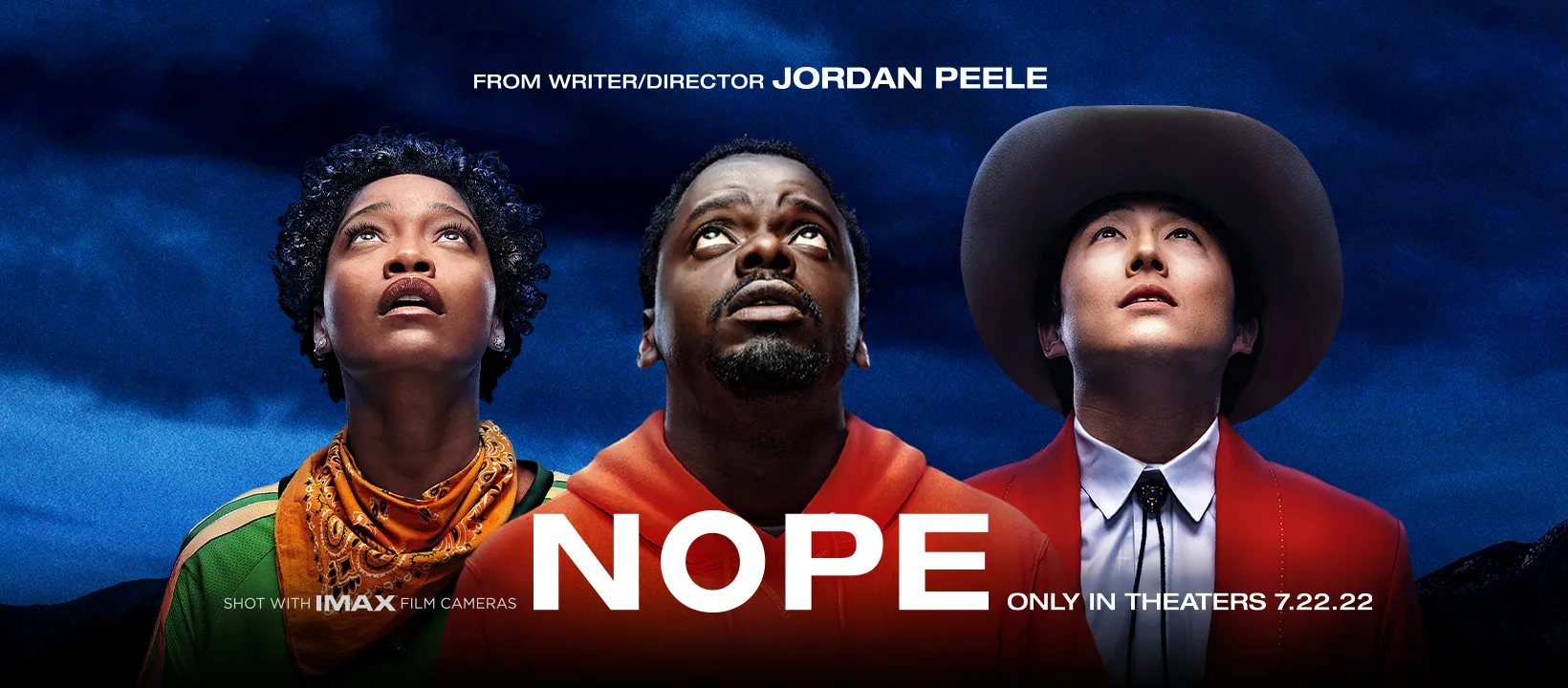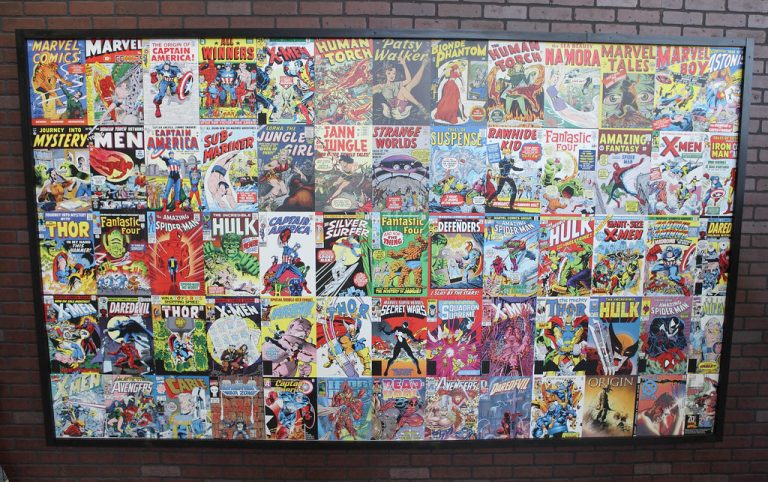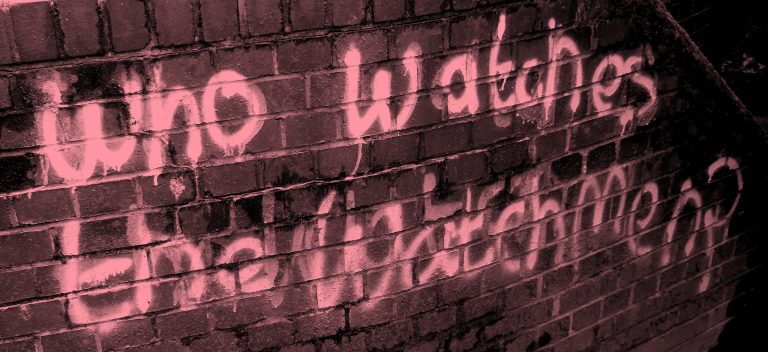Bad Miracles: Jordan Peele’s Nope and the Duality of Spectacle

Jordan Peele’s Nope (2022) is a film that is fundamentally concerned with how spectacle erases cultural agency. It takes Peele’s previous concerns with black identity, as exemplified in Get Out and Us, and marries them with the tropes of blockbuster spectacles like Jaws, Jurassic Park, and Close Encounters of the Third Kind. It uses genre tropes found therein to interrogate how spectacle can be utilized to provide agency rather than as a force of degradation.
Spectacle as Degradation
The film opens with a quote from Nahum 3:6, “And I will cast abominable filth upon thee, and make thee vile, and will set thee as a spectacle.” Theologians will already know that this book describes the destruction of Nineveh. Notably, the destruction entailed takes place by way of Yahweh elevating the degraded to a position of prime visibility by turning them into a spectacle.
This degradation through spectacle also presents itself in the film’s take on Muybridge’s “The Horse in Motion.” The film’s main characters, OJ and Emerald, claim to be descendants of the jockey in Muybridge’s film. Whether this is actually true in the film’s universe is debatable.
The film presents “The Horse in Motion” as a site of degradation through spectacle in two ways. First, it posits that the identity of the black jockey has been ignored in favor of the spectacle of the horse. Second, it functions diegetically as an instance of the characters degrading themselves to further their careers. Whether or not they are related to the jockey isn’t the point: the characters are using the mythology to advance their standing in Hollywood.
This strategy of advancement through degradation puts them in the same league as Steven Yeun’s character, Ricky ‘Jupe’ Park. Ricky is a survivor of a horrendous massacre on a once-popular television show. The killings occurred when one of the chimpanzees went ballistic and maimed several cast members. Ricky has since utilized props from the show and memorabilia from the massacre as a tool to keep himself from fading into total obscurity.
Ricky’s origin sequence gives us one of the film’s most memorable images, which is key to understanding its critique: we see one of the cast member’s shoes propped upright, displayed vertically for Ricky to see. This spectacle, or bad miracle, may or may not be an instance of Ricky’s subjectivity exhibited to the audience. Nothing in the film confirms whether its positioning was real or merely how he imagined it. Nope deliberately plays with this ambiguity throughout.
Spectacle as Empowerment
Despite positing spectacle as a destructive force, Nope’s material constructs tell a different story. The film’s lead actors and key supporting cast are predominantly people of color, and its below-the-line crew is markedly ethnically diverse. Even in today’s filmic landscape, this is a bold move for a summer blockbuster with a 68 million dollar budget. It seems that one of Peele’s goals was to use the tropes of Hollywood blockbusters to mobilize spectacle in a way that empowered the racial identities of the people working on the film rather than homogenizing them.
This assertion contradicts claims that Nope is not as much about diversity as Peele’s previous films. I would wager that this view is wholly misguided, though one can point to the director’s words as proof.
In an interview conducted prior to the film’s release, Peele noted that his racial identity has shaped the whole of his artistry, and Nope is no exception. In describing his artistic concerns, the director stated he is concerned with “trying to reconcile the box and the boxes that this country puts people of color in, and trying to break out of that box.” With Nope, it appears this box is the actual box office.
Peele’s critique of spectacle works self-reflexively and seeks to impact the reality the film is projected against. The film’s title is central to its focus on spectacle: recall a pivotal moment when OJ asks Emerald if they have a word for a bad miracle, and she responds with “Nope.” There is a double meaning to this in that it is also the film refuting the lack of diversity and the history of erasure through filmic spectacle. When confronted with the decision to stand idly by and let this cultural erasure continue, the film answers in the negative: Nope.




